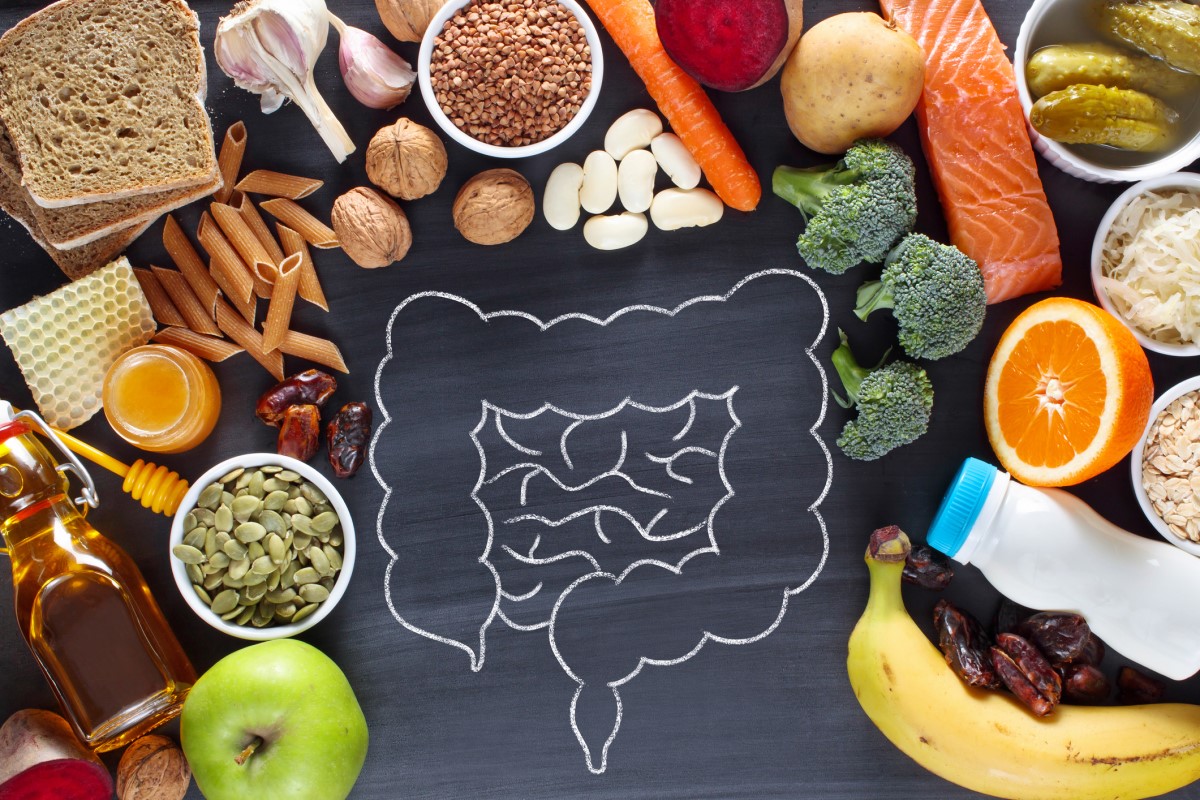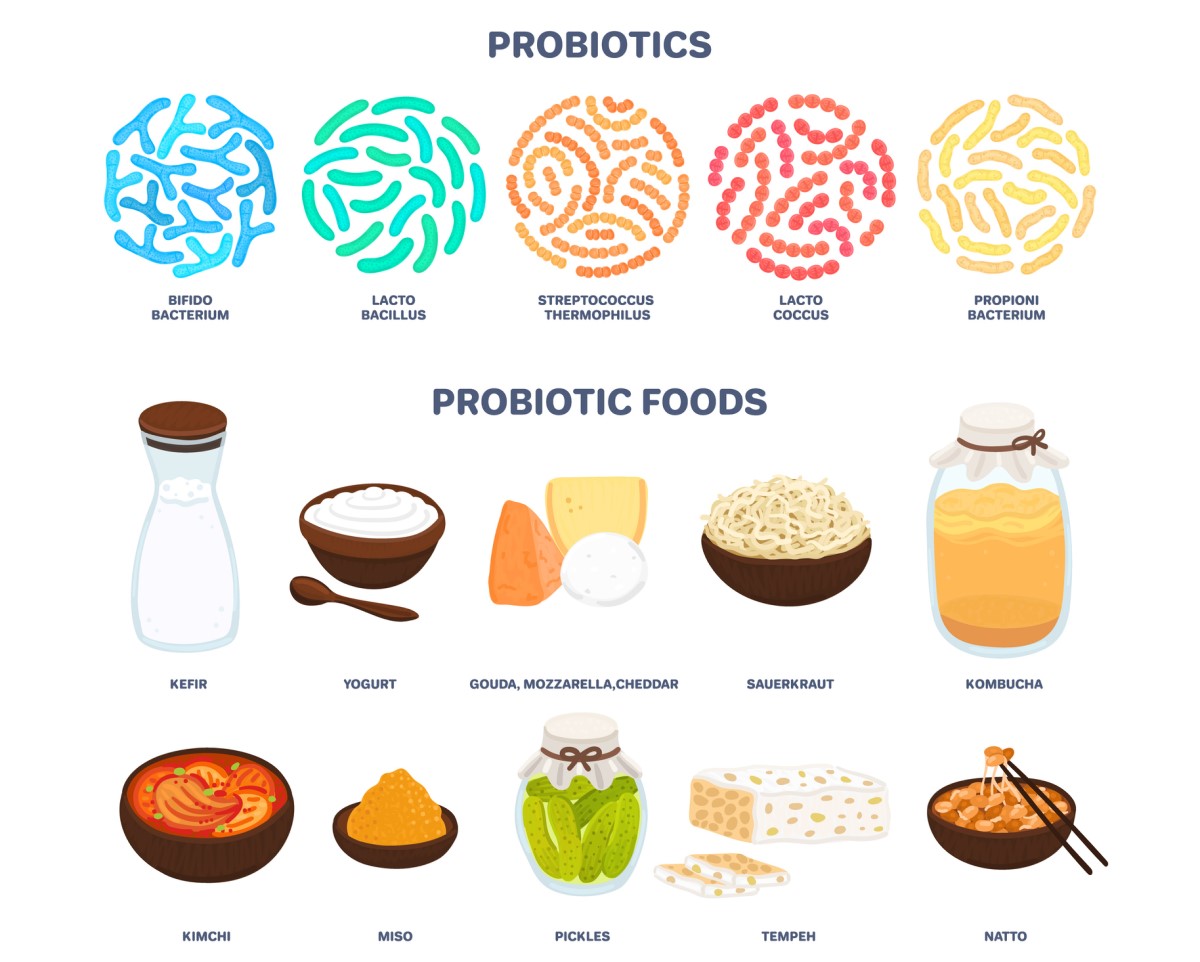- THAM, Tony C. K., John S. A. COLLINS and Roy SOETIKNO. Urgent gastroenterology. Translated by Helena HARTLOVÁ. Prague: Grada Publishing, 2017. ISBN 978-80-271-0157-3
- praktickelekarenstvi.cz - Functional intestinal disorders and their treatment. Peter Minárik and Daniela Mináriková
- solen.cz - Abdominal pain. Solen - doc. MUDr. Bohumil Seifert, Ph.D.
- medicalnewstoday.com - 15 possible causes of abdominal pain. Medical News Today - Jennifer Huizen
- healthline.com - What's Causing Your Abdominal Pain and How to Treat It. Healthline - April Kahn
Pain and cramps in the abdomen after eating? Possible causes and treatment

Abdominal pain is one of the most common pains we encounter in life. Unpleasant sensations and cramps in the lower abdomen can point to a dietary error, improper eating habits, but also to certain diseases. What are the possible causes of pain?
Article content
The reaction of the digestive tract to hard-to-digest food, a dietary error, an intolerance of food components can be perceived as pain. However, soreness can also signal various diseases or inflammations of the digestive tract.
When is it appropriate to seek medical help? Possible causes of pain, treatment, home help and many other interesting information can be found in the article.
Pain and cramps in the abdomen (body check)
Pain and cramps are the most common symptom when there is a disorder or irritation in the digestive tract. Accompanying symptoms include heartburn, problems with defecation(constipation/diarrhea), gas or a feeling of fullness and bloating.
It may not be a disease of the digestive system or other organs. Sometimes the cause of the pain may be in the diet.
Pain is the body's warning signal. It is the body's way of alerting us to a possible problem in the body.
It is therefore necessary not to ignore pain and not to suppress it for a long time. Pain killers may remove the discomfort, but they do not address the root cause.
Food from the mouth travels a long way in the body. A number of internal organs are responsible for processing and absorbing it. Diagnosis is all the more challenging. Therefore, in the case of prolonged, vague, non-specific or severe acute pain, it is necessary to seek medical help immediately.
Abdominal bloating after eating can also be present in organic diseases of the digestive tract (structural pathology).
A large proportion of patients suffering from bloating have functional diseases such as functional dyspepsia, irritable bowel syndrome or functional constipation. Bloating in functional diseases is related to abnormal motility of the digestive tract and pathological perception of sensations from the digestive tract.
Possible causes of pain
The most common possible causes of abdominal pain after eating...
1. Inappropriate diet, dietary error
Sometimes the pain is caused by a reaction of the stomach to an inappropriate food or a certain component of the diet. This can be fatty, hard-to-digest foods, strongly spicy foods, legumes and the like.
For some, gluten, lactose or histamine in the diet may cause pain.
Abdominal pain after eating can be caused by excessive food intake, where the stomach takes in a large portion of food in a short interval. Overeating and distension of the stomach is often the sole cause of pain, bloating, fullness and abdominal cramps.
A similar error is the lack of processing of food in the mouth and rapid swallowing, which can burden and irritate the digestive tract.
If the body does not regularly take in sufficient macronutrients (complex carbohydrates, fats, proteins) and fibre, digestive problems can occur. All nutrients, vitamins and minerals should be present in the food taken.
A common mistake is a reduced intake of protein, fibre and, conversely, an excessive intake of fast refined sugars and unhealthy fats.

2. Food intolerances and allergies
If you experience pain or bloating after regular meals, it is advisable to think about the composition of the food you eat. Digestive problems are often caused by intolerance (poor tolerance) and allergy to certain foods or ingredients.
Basic intolerances include intolerance to gluten, lactose in dairy products or histamine.
Therefore, try to observe if the pain occurs especially after eating dairy products or increased consumption of gluten and histamine (baked goods, pizza...).
Common food allergies include in particular allergies to soy, peanuts (different types of nuts), fruit, eggs, shellfish and different types of spices.
In addition to abdominal pain, symptoms often include bloating, flatulence, problems with bowel movements (constipation or diarrhea).
3. Stomach/intestinal flu (gastroenteritis)
An infection of the gastrointestinal tract may be the cause of digestive problems. Its symptoms are rather sudden. In addition to pain and cramps after eating, there is also increased body temperature, fatigue, nausea, vomiting or diarrhoea.
The causative agent of the infection can be a bacterium, virus or parasite. The exact etiology, subsequent treatment and dietary modification will be determined by a doctor, a gastrointestinologist.
4. Heartburn - reflux
Reflux of acid from the stomach back into the irritated esophagus may be experienced by the individual as abdominal pain and burning discomfort.
This discomfort can be regular after eating, but also in the morning after waking up. It is caused by lying horizontally at night and the acid from the stomach gets into the esophagus more easily.
Reflux can also cause pain in the upper stomach or lower chest. It is advisable to discuss the problem with a doctor, especially if heartburn recurs regularly.
5. Functional irritable bowel/stomach syndrome
Irritable bowel syndrome (IBS) is a functional disorder of the gastrointestinal tract.
The cause is multifactorial - excessive stress, impaired intestinal motility, the result of an infection, impaired sensory function of the visceral nervous system, inappropriate diet, poor lifestyle and others.
Prolonged exposure to stress negatively affects the intestinal microflora.
Other symptoms besides abdominal pain are bloating, a feeling of bloating and problematic defecation (diarrhea/constipation).
Irritable stomach, referred to as functional dyspepsia (FD), is also a functional digestive disorder. The most common manifestation of irritable stomach is premature satiety, a feeling of fullness, pain and cramping.
Irritable stomach has a multifactorial etiology of physical, psychological and social factors. One possible cause is hypersensitivity of the nervous visceral system of the gastric region.
6. Inflammatory bowel disease
Inflammatory bowel diseases are inflammatory processes in the small or large intestine. These are mainly chronic diseases such as Crohn's disease or ulcerative colitis.
The diseases are mainly manifested by pain and cramps in the abdomen after straining the digestive tract, diarrhoea or bloody stools in the acute phase. The diseases are often associated with intolerance to certain foods.
Inflammatory diseases of the intestinal tract fundamentally require specialist treatment by a gastrointestinologist.
7. Gastric ulcers
Gastric (peptic) ulcer is an inflammatory disease of the stomach that attacks the inner wall of the stomach lining and the upper part of the small intestine called the duodenum.
Gastric ulcers occur when acid damages the inner surface of the stomach lining. This happens due to the presence of bacteria or the use of certain drug therapy.
A common symptom of a stomach ulcer is abdominal pain, cramps, nausea or burning stomach.
As with previous diseases, professional treatment by a doctor is necessary.
Read also:
Helicobacter pylori as an insidious enemy: How is it transmitted and manifested?
8. Other diseases of the digestive tract and related organs
Abdominal pain after eating is a common symptom of many digestive disorders and diagnoses. Therefore, it may be a disorder of other relevant organs of the digestive system - pancreatitis, gastritis, gallstones, benign or malignant diseases of the digestive tract and others.
Therefore, a professional diagnosis by a doctor is always necessary.
Help and prevention of pain/spasms after eating
If stomach problems are caused by a dietary mistake or overeating, home treatment can be used.
However, if the pain is non-specific, excessively severe, prolonged or if associated symptoms occur (increased body temperature, nausea, vomiting, blood/mucus in the stool), you should see a doctor immediately.
The gastrointestinologist will determine the exact treatment according to the diagnosis.
Examples include medical treatment with antibiotics, antivirals, corticosteroids, antispasmodics, etc.
Over-the-counter medications include certain types of antacids to reduce stomach acid, drugs that regulate bowel peristalsis, probiotics to promote digestive health, and analgesics (beware, pain medications do not address the actual cause of the pain).
Home tips to help with abdominal pain and cramps:
- Local application of heat helps relax smooth muscles and reduce muscle tension (thermophoresis)
- Peristaltic gentle massage of the abdominal area in a clockwise direction (to promote the movement of food in the intestinal tract)
- Elimination of fatty heavy and spicy foods
- Adequate hydration (plain water, mineral water, tea)
- Herbal tea to soothe and support the digestive tract (e.g. chamomile)
- Probiotics to support the bacterial balance of the intestinal tract
- Breathing relaxation exercises with abdominal breathing
Prevention of abdominal pain after eating:
- A balanced, wholesome diet
- Eating smaller portions on a regular basis
- Slower meals without large bites
- Consistent processing of food in the oral cavity
- Adequate fibre intake
- Elimination of fatty and hard-to-digest foods
- Strict adherence to a food intolerance diet
- Adequate drinking of pure water
- Adequate intake of vitamins and minerals
- Sufficient physical activity during the day
- Breathing exercises with abdominal breathing
- Taking probiotics for bacterial balance

Interesting resources










